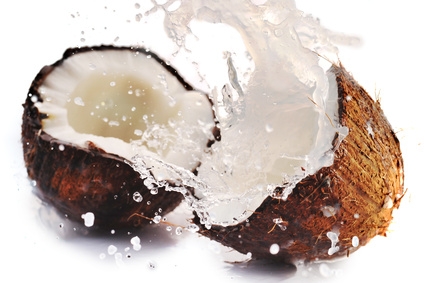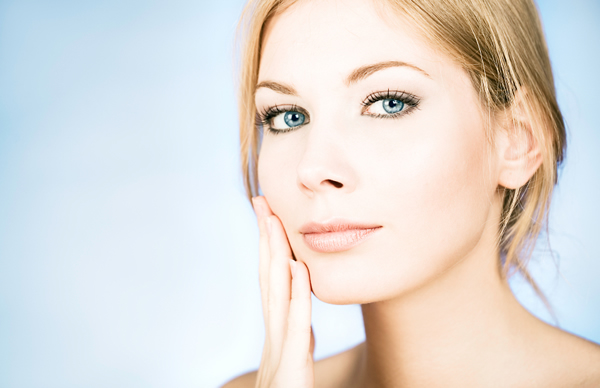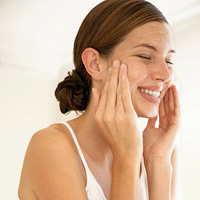I recently found a great blog entry by Dr. Oz that really addressed skincare after 40. Since so many of my clients (and myself!) are in that magical age bracket, I thought I'd share the article, and add my two cents :)
During our 40s, the body is undergoing profound changes, and the skin is not exempt. It is a time where dryness can exist simultaneously with acne. How unfair is that? Also, the signs of aging including fine lines and wrinkles, discoloration and laxity are emerging and can progress quickly through the decade. Fortunately, there are many ways to address these issues to maintain your best complexion possible.
Dry Skin: Hormone levels start to drop long before entering menopause. During peri-menopause, as estrogen levels fall, many women first notice their skin is much drier than before. This is a common finding, but if not addressed, can lead to premature fine wrinkling around the eyes and mouth. A good way to add hydration to the skin without excessive greasiness is to use a moisturizer with hyaluronic acid. Hyaluronic acid helps to restore moisture levels to the skin as it actively attracts water.
Dull Skin: Skin cell turnover slows down with age, leading to a dull, lackluster complexion. Using glycolic-acid-containing products, either a cleanser, toner or moisturizer, can help remove some of the dead skin layer to reveal a healthy glow. Another good option for exfoliation is an at-home personal microdermabrasion device. Used once a week, it can gently remove the dead skin cells to restore radiant skin.
Acne: I have many patients in their 40s that say, “Why am I still getting acne when I now have wrinkles, too?” Unfortunately, acne around the mouth and jawline is quite common in our 40s and is almost always due to fluctuating hormone levels. Topical spot treatment with salicylic acid can be helpful to dry up the occasional zit. However, if there are many cysts and the skin is otherwise quite dry, a visit to the dermatologist to obtain oral medication may be required. Options include low-dose antibiotics or a medication that works to block the effect of hormones on the skin.
Wrinkles: If she hasn’t seen one already, a woman will likely see her first wrinkles in her 40s. Genetics, sun habits, overall body health and skin-care routines all contribute to how the skin ages. During this decade, I advise patients to start paying close attention to their skin because the best time to treat the signs of aging is right at the onset.
Prescription retinoid creams can stimulate collagen to slow the signs of aging; however, people with sensitive skin can use over the counter retinol as a less intense alternative. For evolving wrinkles around the eyes and forehead, botulinum toxin (Botox or Dysport) can be used in small doses to help prevent wrinkles from getting worse while maintaining a natural look.
Not quite ready for botox? Look for creams containing the ingredient gamma amino butyric acid which helps to temporarily reduce muscle movement to improve wrinkles. Results are not as long lasting or effective as botulinum toxin, but can be used to temporarily improve fine lines and wrinkles without injections.
I have several treatments available that can put off the signs of aging. In particular, the PCA Skin Peel and new Ultrasonic Treatments can really give your skin a new life. Give me a call and I can customize a treatment plan for you - and have your face "Party Ready" before Christmas!
~Sandy












